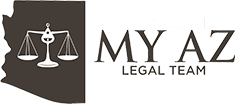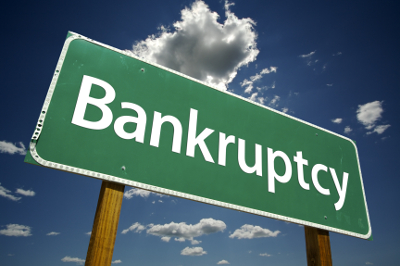Chapter 13 bankruptcy involves creating a plan to repay your creditors. Once you have a repayment plan that has been approved you will be back on track when it comes to repaying your debt. Chapter 13 bankruptcy plans need to be followed or else you risk your case being dismissed.1 Since your plan is supposed to last from three to five years, any number of life events can happen. If you have an illness, loss of employment, or some other setback preventing you from making payments, you may be able to modify your plan.
When can I modify my repayment plan?
Your Chapter 13 bankruptcy repayment plan has to be confirmed. This means that there is a temporary period where your plan can be opposed by creditors, the bankruptcy trustee, or the court as your plan is being reviewed.2 This confirmation process can take months.3 If something changes before your plan is confirmed, you can explain your situation and the court, trustee, and your creditors can consider it and possibly approve it.4
If your plan has already been confirmed, you will need to file a motion with the court and explain your situation.5 You or your attorney must sign the motion to modify and include a 21 day objection notice.6 You will probably also need to provide proof of your changed circumstance.7
Some examples of what constitute a change in your plan after confirmation include extending or reducing time for payments, reducing the amount paid per month, or reducing the amount expended on health insurance if you can demonstrate that the cost of insurance is necessary. 11 U.S.C. A� 1329(a).
Since your situation is unique, it is best to consult an experienced Phoenix bankruptcy lawyer about how to modify your Chapter 13 repayment plan.
Can my entire plan be modified?
While you can modify your Chapter 13 repayment plan, some debts cannot be modified. For example, Chapter 13 priority debts must still be paid in full. Priority debts include things like child and spousal support, back taxes, and fees owed to an attorney.8 Unsecured debt means debt that is not secured by collateral.9 This can include some medical bills, certain lines of credit like credit cards or department store cards, and cell phone bills.10 These debts can be modified if they pass the liquidation test, often called the “best interest of the creditors” test.11 This test requires an unsecured creditor to be paid at least as much through this Chapter 13 plan as they would be under a Chapter 7 liquidation bankruptcy.12 You should contact your attorney to calculate your liquidation analysis to determine what this number is.
[1] Baran Bulkat, Modifying Your Chapter 13 Payment Plan, nolo.com, http://www.nolo.com/legal-encyclopedia/modifying-chapter-13-bankruptcy-plan-payment.html (last visited Oct. 6, 2014).
2 Id.
3 Id.
4 Id.
5 Id.
6 Motion to Modify Chapter 13 Plan, insb.uscourts.gov, http://www.insb.uscourts.gov/procedure/Filing_Documents_Attorney/Motions_Applications/Motion_to_Modify_Chapter_13_Plan.htm (last visited Oct. 6, 2014).
7 Bulkat, supra note 1.
8 Bret A. Maidman, alllaw.com, http://www.alllaw.com/articles/nolo/bankruptcy/lower-chapter-13-plan-payments.html (last visited Oct. 6, 2014).
9 Unsecured Debt in Bankruptcy, enlightenme.com, http://enlightenme.com/how-is-unsecured-debt-treated-in-a-bankruptcy/ (last visited Oct. 6, 2014).
10 Id.
11 Chapter 13: “Liquidation test / “best interest of the creditors test” of 1325(a)(4)–issues, timing, computation, deductions, legalconsumer.com, http://www.legalconsumer.com/bankruptcy/bankruptcy-case.php?TopicID=75 (last visited Oct. 6, 2014).
12 Id.
A�


